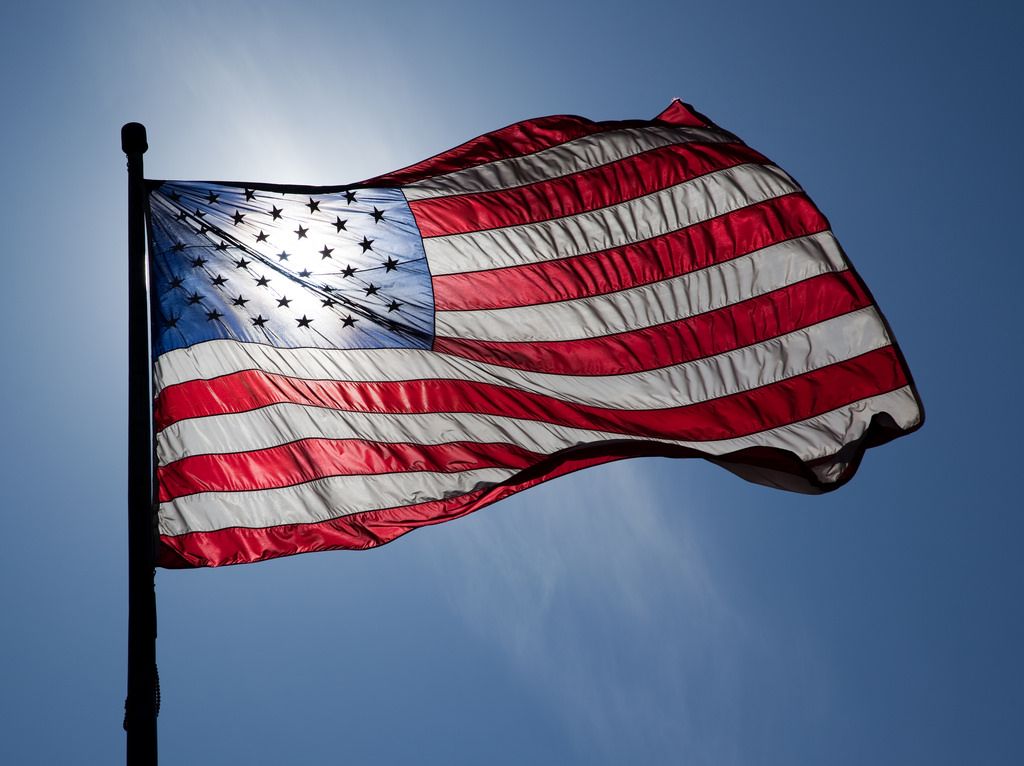How could this happen? Three books to make sense of the US election
It’s been only a few weeks since the results of the US presidential election shattered political consensus, like a rock tossed through the surface of a frozen pond. That former President Donald Trump, a disgraced convicted felon subject to dozens of sexual assault allegations, could defeat Kamala Harris, a successful lawyer, career politician, and the sitting Vice President, defied all expectation. It stumped political analysts, both at home and abroad.
The vacuum of uncertainty created by Trump’s electoral success will surely turn many to books to fill the void.
The vacuum of uncertainty created by Trump’s electoral success will surely turn many to books to fill the void. Below are three must-read texts for anyone desperately hoping to get to grips with the new normal.
What It Takes: The Way to the White House by Richard Ben Cramer (Random House, 1992)
Often hailed as the greatest achievement in political reporting of all time, What It Takes is the definitive guide to understanding how and why people run for Presidency. The result of six years of reporting and research, the book recounts the build up to the 1988 presidential election, and follows six of its leading candidates: George H. W. Bush, Bob Dole, Michael Dukakis, Gary Hart, Dick Gephardt, and a certain Joe Biden.
Far from a simple overview of the electoral process, the book is deeply personal: it zooms in on the lives of the candidates, exploring their motivations, their flaws, and how their life stories led to the point of running. It could be argued in fact that this is less a guide to the election, and more six individual biographies with the ’88 election as the anchor holding the book together. There are rich details on every page, with hundreds of anecdotes, quotes, and accounts that create the feeling that the reader is part of the ’88 election race. From a historical standpoint, it is deeply fascinating to see what could have been, given each of the book’s subjects could conceivably have become President. And if you have the advantage of not actually knowing who did win that election, it makes the events retold all the more thrilling.
Team of Rivals by Doris Kearns Goodwin (Simon & Schuster, 2005)
Also known as the book that inspired Barack Obama, Team of Rivals is an in-depth look at the presidency of Abraham Lincoln, specifically the leadership skills that continue to distinguish him as one of the country’s greatest leaders. Much like What It Takes, Team of Rivals features biographical portraits of multiple politicians, centred around four of the men who Lincoln appointed to his Cabinet – all rivals of the President. Following the administration as it weathered the storm of the American Civil War, the book explores again and again how Lincoln’s brilliant ability to compromise, delegate, and charm allowed him to hold together a team of sworn enemies, and harness their abilities to lead the country through crisis.
If What it Takes is a masterclass in winning the Presidency, Team of Rivals is an unparalleled guide on how to administer it.
If What it Takes is a masterclass in winning the Presidency, Team of Rivals is an unparalleled guide on how to administer it. Anyone who despairs at the Trump playbook of chaos and division will take solace in the wisdom evident in every chapter, as Lincoln defuses crises and calms tensions. The book is allegedly what inspired Barack Obama when he was setting up his own administration: now, as we stare down the barrel of a second Trump presidency, it can remind us of what the very best of the office can achieve.
All the King’s Men by Robert Penn Warren (1946, Penguin Classics)
This, perhaps, is a more unorthodox entry, in that none of the events retold in this book are actually real. All the King’s Men is a work of fiction, chronicling the rise and fall of Willie Stark, a populist politician in the 1930s Deep South, through the eyes of his right-hand man, Jack Burden. But while the specific events aren’t true, the story it’s based on is: that of Huey Long, the real-life Governor and Senator for Louisiana from 1929 until his assassination in 1935.
The book is an invaluable guide to the darker sides of American politics: how idealistic, genuine politicians are twisted by the pursuit and acquisition of power, and the corruption that takes place in the process. Given the man now destined for the White House previously tried to overthrow the government when faced with the 2020 electoral loss, it’s safe to say the book’s insights are ones that may prove crucial to understand what a second Trump presidency may look like. As an added bonus, it’s also a gripping read, with vivid descriptions of 1930s America and a dramatic plot of political intrigue, personal drama, and tested faith. Just try to make it past the eye watering use of racial slurs that unfortunately also distinguished the 1930s Deep South. But on the plus side, you can cross off one of Time’s 100 Greatest Novels!

Comments